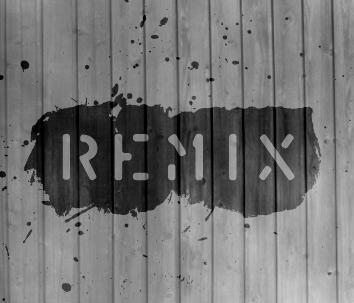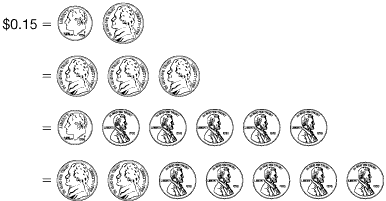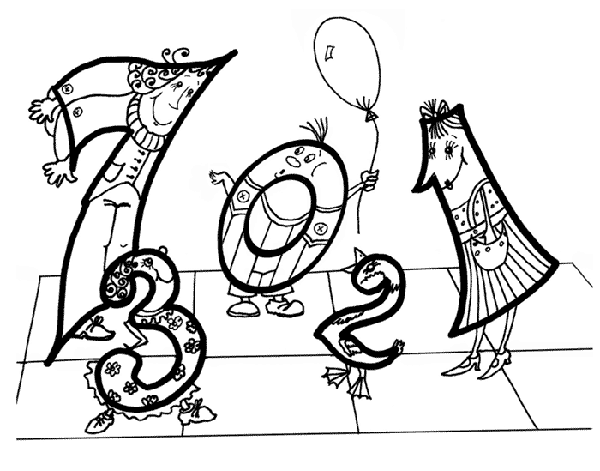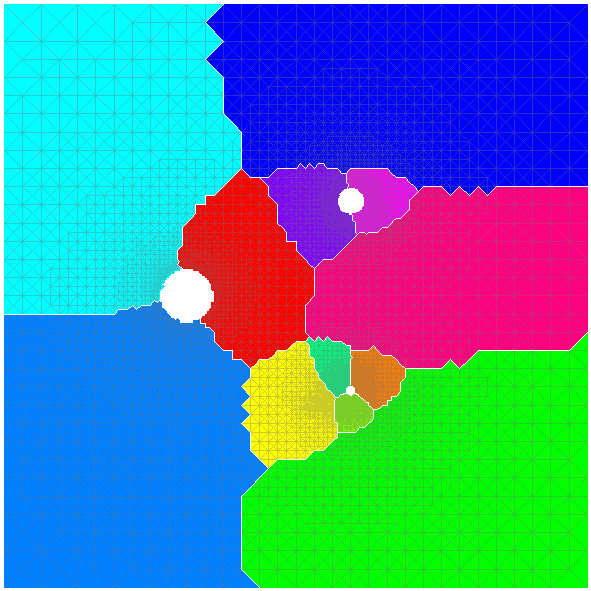The drawback of hosting a static only website is, obviously, the lack of comments. What happens actually, though, is that I receive very few comments by direct mail. As I don’t get another spam source to cleanup, I’m left unconvinced that’s such a drawback. I still miss the low probability of seeing blog readers exchange directly, but I think a tapoueh.org mailing list would be my answer, here…
Anyway, David Fetter took the time to send me a comment by mail with a cleaned up rewrite of the previous entry SQL, here’s it for your pleasure!




